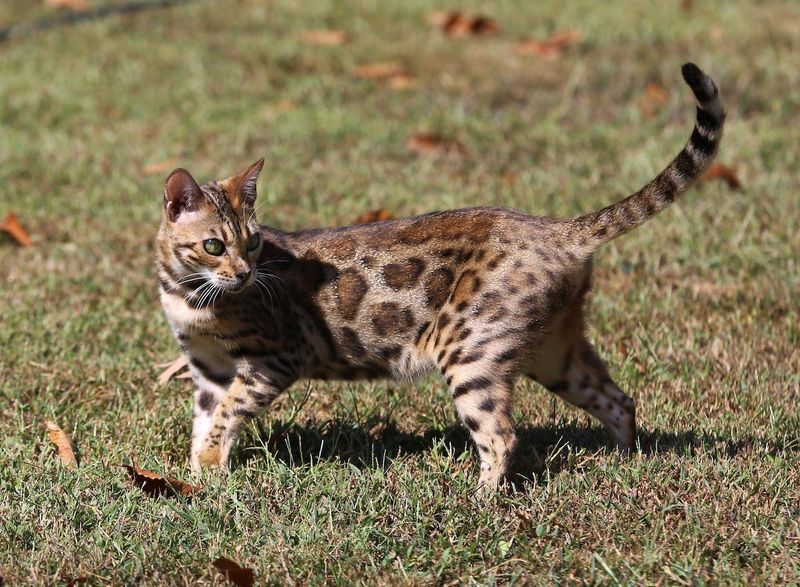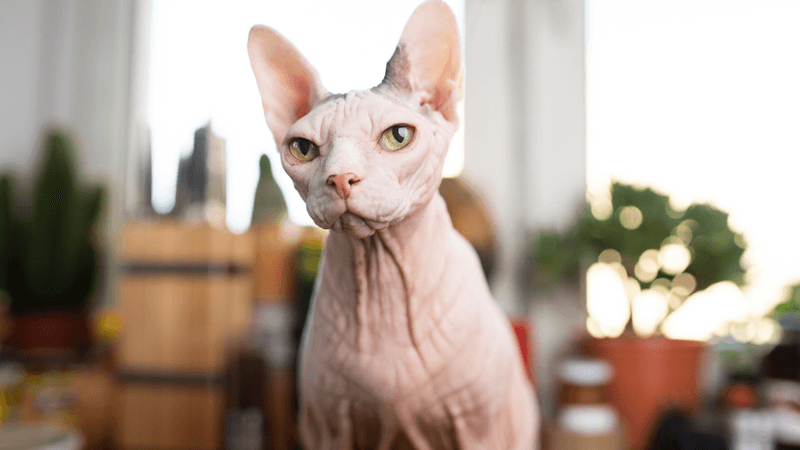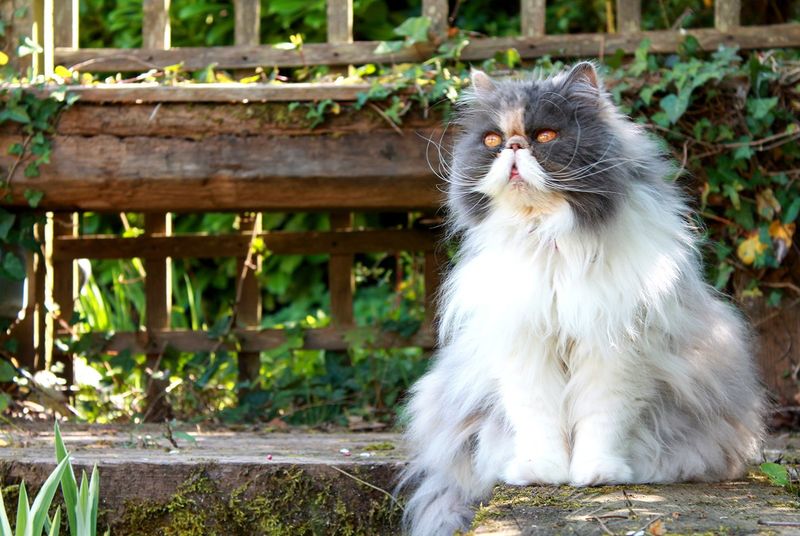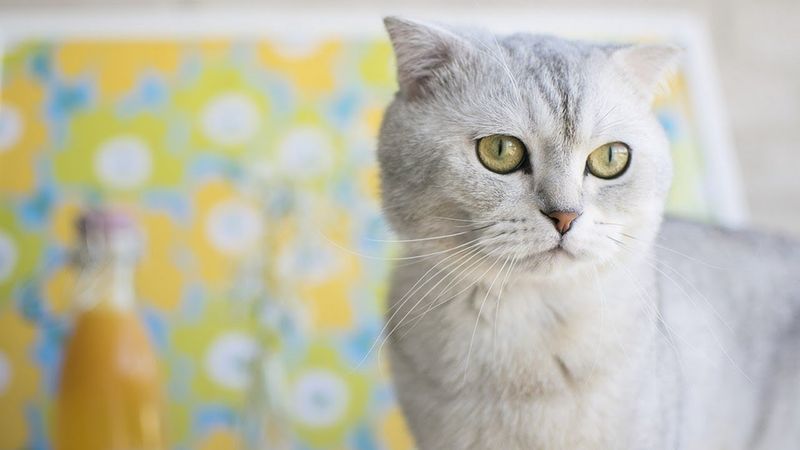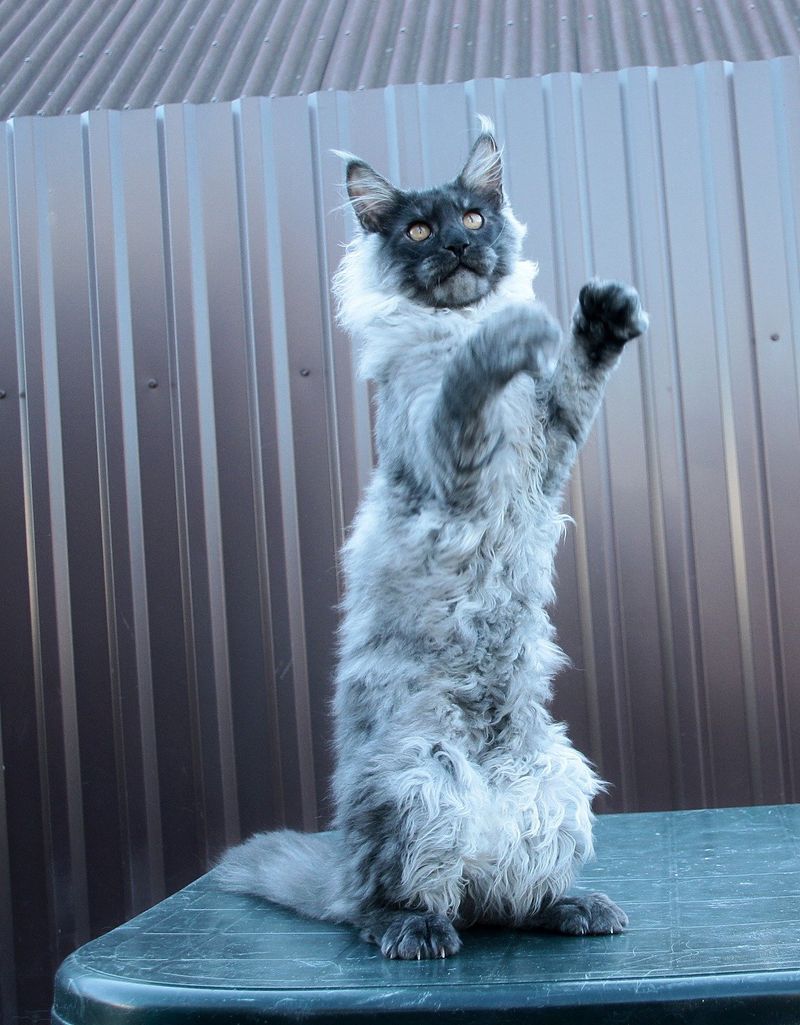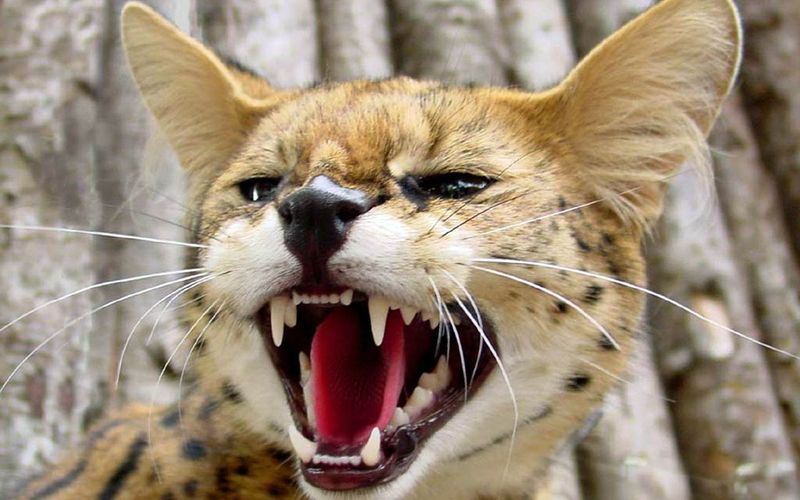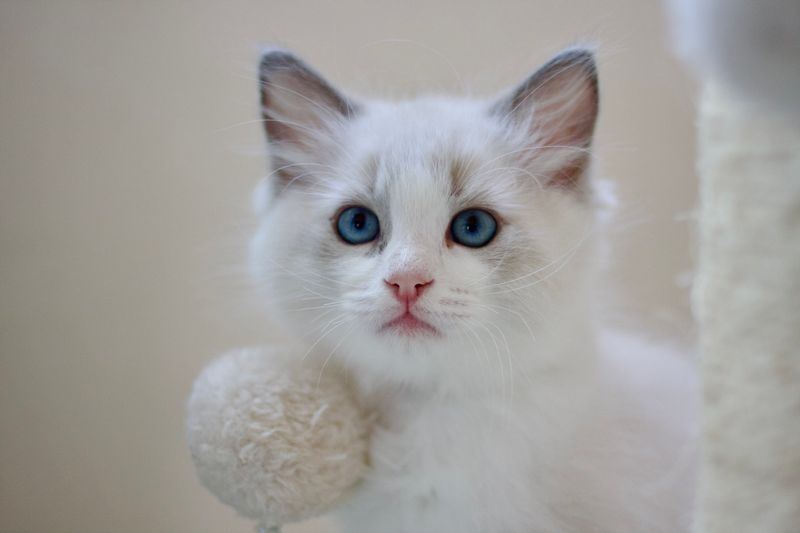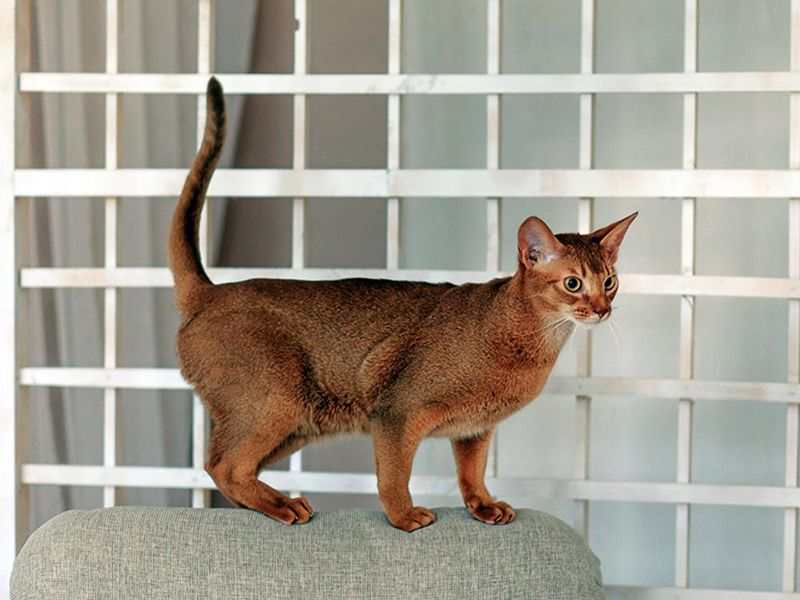📖 Table of Content:
The rise of social media has transformed how people choose pets, with certain cat breeds gaining fame through curated images and viral videos. Eye-catching appearances and quirky traits often drive impulse decisions. Behind the filters and captions, however, lies a very different reality.
Many of these popular breeds come with high-maintenance needs, strong personalities, or specific health concerns. What looks adorable online can turn out to be overwhelming in a real-life setting. As a result, some cats are returned to shelters once the novelty fades and challenges emerge.
Animal welfare organizations have noted a pattern—certain breeds are surrendered far more often than others. Mismatched expectations and online influence both play a major role in these trends. Understanding which breeds are most frequently returned may help prevent heartbreak for both humans and their feline companions.
1. Bengal
Bengals look like mini leopards with their stunning spotted coats, making them Instagram superstars. Their wild appearance drives impulse adoptions, but many owners aren’t prepared for their intense energy levels. These cats require extensive daily play and mental stimulation. Without proper outlets, they become destructive—climbing curtains, opening cabinets, and even turning on faucets.
They’re vocal, demanding attention at all hours. First-time cat owners often surrender Bengals when they realize these beautiful cats aren’t just decorative. They need space to run, climb, and explore, making them poor choices for small apartments despite their photogenic qualities.
2. Sphynx
With their wrinkled skin and bare bodies, Sphynx cats look like creatures from another planet—and the internet can’t get enough. Their surreal beauty fuels a growing demand for adoption. But beneath the viral photos lies a high-maintenance reality: these cats need a bath every week to wash off natural oils that, without fur, cling to their skin.
Their exposed skin requires sunscreen for window lounging and sweaters in cooler homes. Medical issues also lead to returns. Sphynx cats commonly develop skin problems, heart conditions, and dental issues. The combination of high grooming needs, potential health problems, and the unexpected expense drives many owners to surrender these photogenic pets.
3. Persian
That flat face and fluffy coat might win the internet, but behind the glam is a serious commitment. Daily brushing isn’t optional—it’s a must to keep their long fur from matting into painful tangles. And those adorable squished noses? They often mean breathing issues and constant tear stains unless you’re cleaning their face every single day.
Shelter workers report Persians arriving matted, with eye infections and breathing problems. Many adopters surrender them after realizing the time commitment required—up to 30 minutes of grooming daily, plus regular professional maintenance—is far more than the occasional brushing they expected.
4. Scottish Fold
Scottish Folds captivate social media users with their adorable folded ears and round faces. Behind those cute features lies a genetic mutation that causes serious health problems, something many impulse adopters don’t research. The same gene that creates those signature folded ears causes cartilage abnormalities throughout the body.
Many develop painful joint issues and arthritis at young ages, requiring expensive medical care and pain management. Owners frequently return these cats when veterinary bills mount. Some countries have even banned breeding Scottish Folds due to welfare concerns. Their Instagram popularity continues driving demand despite these well-documented health issues, creating a cycle of adoption and abandonment.
5. Siamese
Often depicted as graceful and poised in online images, these cats possess a vocal intensity that can catch new owners off guard. Highly social and expressive, they frequently communicate through loud, persistent meowing, especially when seeking interaction or stimulation.
They form intense bonds with their humans and can become destructively anxious when left alone. Shelter workers report that Siamese surrenders often come with complaints about noise levels and separation anxiety behaviors. Apartment dwellers particularly struggle with noise complaints from neighbors, leading to difficult surrender decisions despite loving their chatty companions.
6. Maine Coon
Sure, those cuddly giants all over your feed look like the perfect gentle giants—but there’s a lot those cute videos don’t tell you. These cats can grow up to 25 pounds and stretch over 4 feet long, which means they eat a ton, need oversized everything, and rack up higher vet bills thanks to weight-based medication. Owning one is less like having a cat and more like a small wild animal.
Housing constraints lead many to surrender. Apartment dwellers find Maine Coons simply need more room than they can provide. Additionally, their thick fur requires regular grooming to prevent matting, adding another maintenance task many weren’t expecting.
7. Savannah
Savannah cats command attention on social media with their exotic appearance and dog-like behaviors. Created by crossing domestic cats with African servals, they carry a hefty price tag—often $20,000 or more for early generations. Reality hits when owners discover their temperament. Savannahs can jump 8 feet high from standing positions, open doors, and require extensive space.
Their wild heritage makes them destructive when bored, frequently damaging furniture and possessions. Legal issues complicate ownership, too. Many states and countries restrict or ban Savannahs, especially early generations. Owners often surrender them after moving to areas where they’re illegal or when housing situations change and can’t accommodate their needs.
8. Ragdoll
They look like living stuffed animals online—fluffy, blue-eyed, and totally relaxed in someone’s arms. That calm, cuddly nature is a big reason people rush to adopt them. But it can also be a problem. These cats are so laid-back, they often won’t run from danger or stand up to more aggressive pets. It’s like they missed the survival instinct memo.
They cannot safely go outdoors and require carefully controlled environments. Health issues plague the breed, too. Ragdolls frequently develop hypertrophic cardiomyopathy, a serious heart condition requiring expensive treatment. Many owners surrender these cats when facing unexpected medical bills or after incidents where the cat’s passive nature resulted in injuries from other pets or household hazards.
9. Munchkin
Munchkin cats rack up millions of views with their short legs and kitten-like appearance. These social media darlings inspire impulse adoptions from people charmed by their unique proportions without understanding the ethical concerns. The short-legged trait results from a genetic mutation that many veterinarians consider problematic. Munchkins often develop painful spine and joint issues as they age. Their limited mobility prevents normal cat behaviors like jumping and climbing.
Ethical concerns lead to returns when owners learn more about the breed. Several cat associations refuse to recognize Munchkins due to welfare concerns about deliberately breeding for a potentially harmful trait. Owners often surrender them when facing both medical bills and guilt about supporting controversial breeding practices.
10. Abyssinian
They look like little athletes on your feed—sleek, playful, and always up to something. It’s easy to fall for their energy and smarts, but living with them is another story. These cats need serious stimulation. When they’re bored, they don’t just sulk—they’ll tear up furniture, meow nonstop, and sometimes even act out aggressively. Basically, no dull moments allowed.
Owners surrender Abyssinians when they can’t meet their activity needs. These cats don’t do well in empty homes during long work days. They require owners who can provide puzzle toys, training sessions, and interactive playtime. The disconnect between their Instagram image as fun companions and their actual needs drives many returns.

